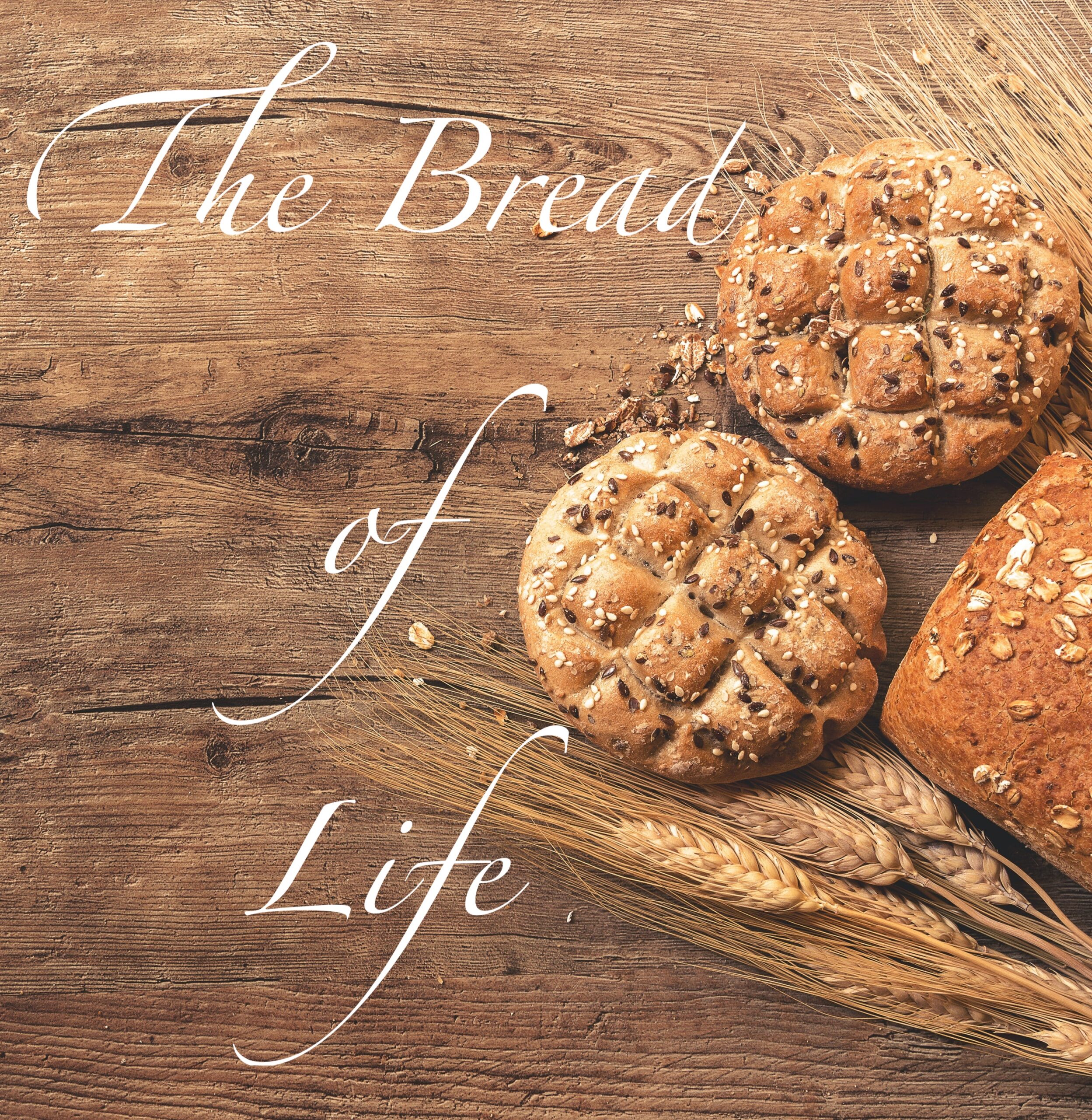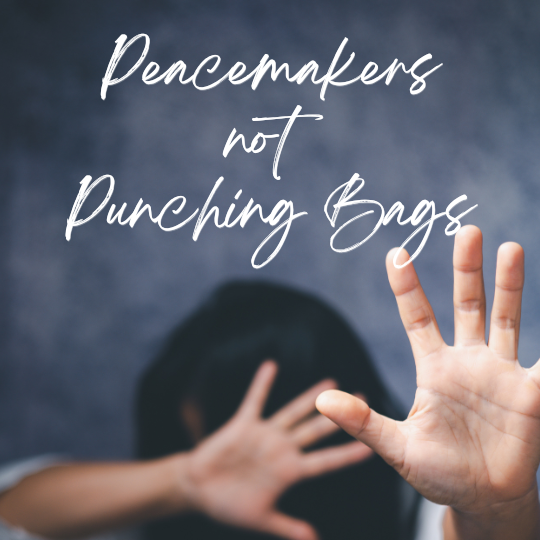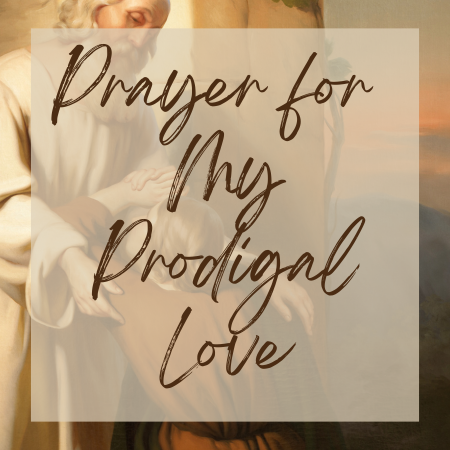The lesson will be about the table in the temple, but the purpose of the table is to hold the “Shewbread.” Bread has been a dietary staple since prehistoric times, and for a good reason. I’m a fan of carbs, and there is nothing like homemade bread hot from the oven as it melts creamy butter. Some might say it tastes heavenly; I have. I like that Jesus likened himself to bread, no wonder bread is used in communion; the Lord knows it’s good. So the second piece of three pieces of furniture is called the Table of Shewbread. My son, Chase, was a regional swimmer in high school. The night before a meet, they used to “carb load.” This often took the form of giant bowls of pasta and garlic bread. It provided them with the endurance they needed to perform at their top level for their swim meet. God likens our purpose on earth to running in a race*. In this respect carb-loading takes on a new meaning.
35 Jesus said to them, “I am the bread of life; whoever comes to me shall not hunger, and whoever believes in me shall never thirst.
John 6:35
Bread from Heaven
Jesus is the bread from heaven, also called the bread of life. When we consider how bread is made, the metaphor is even more beautiful. Wheat grows from a tiny seed; it’s cut in small stacks. Then the stacks are beaten to separate the wheat kernel; it’s winnowed to separate it from anyone else. Then it was ground to a fine flour, mixed with water and oil (symbolized the two baptisms), punctured, and cooked in a hot oven. Its purpose is to nourish and bless. Can’t we see him the seed started in Mary’s womb, harvested was when he was plucked to start the ministry. He experienced everything we do, feelings of being cut down, left out to dry, attacked, separated, and even ground down to nothing. Then he was beaten, pierced, and then he braved the heat and punishment of hell in our place. So when we partake of the purpose of his sacrifice, we are eating the bread of life.
49 Your fathers ate the manna in the wilderness, and they died. 50 This is the bread that comes down from heaven, so that one may eat of it and not die. 51 I am the living bread that came down from heaven. If anyone eats of this bread, he will live forever. And the bread that I will give for the life of the world is my flesh.”
John 6:49-51
The Golden Table
The table’s design even speaks to Jesus, but it also speaks of our faith that holds Jesus up to the world so they can partake. It was made of acacia wood which takes a long time to grow, just like our faith. Acacia wood is very dense, which makes it durable and prevents diseases. Bugs won’t infest it because of its oils and its density; it’s even water-resistant. The wood is a beautiful picture of a mature faith; it can keep destructive influences or entities at bay. The table was covered with gold; this speaks of royalty. It has four legs; our faith stands upon the four gospels. It is topped with crown molding to keep everything contained on the table. When we make Jesus our king, it’s like putting his crown around our heads and keeps our faith and the bread contained where it is the most effective.
10 He also made the table of acacia wood. Two cubits was its length, a cubit its breadth, and a cubit and a half its height. 11 And he overlaid it with pure gold, and made a molding of gold around it. 12 And he made a rim around it a handbreadth[a] wide, and made a molding of gold around the rim. 16 And he made the vessels of pure gold that were to be on the table, its plates and dishes for incense, and its bowls and flagons with which to pour drink offerings.
Exodus 37:10-16
How Do We Carb Load?
How do we carb load with Jesus? God gives us parables or earthy examples to demonstrate spiritual principles. In the physical digestion process, what we eat assimilates into our bodies. We are what we eat, as they say. John 1:14 makes it clear that Jesus was the Word that became flesh and lived with us. The word of God is the bread, the words that come from the Bible and the actions that Jesus took, and the sacrifices he made on our behalf are all the bread we eat. Our physical act of communion is a symbol of that. How do we carb-load with the word? We open the Bible and thank God for leading us to the thing we need to read. When we start reading, we find a scripture that we need or just one that interests us. Then we sit and savor it and apply it to an area that it speaks to in our life. When we write it or memorize it and use it to strengthen us, to keep us going, to give us energy in that area of our lives, it has become a part of us. This is carb-loading with Jesus.
And the Word (Christ) became flesh, and lived among us; and we [actually] saw His glory, glory as belongs to the [One and] only begotten Son of the Father, [the Son who is truly unique, the only one of His kind, who is] full of grace and truth (absolutely free of deception).
John 1:14




